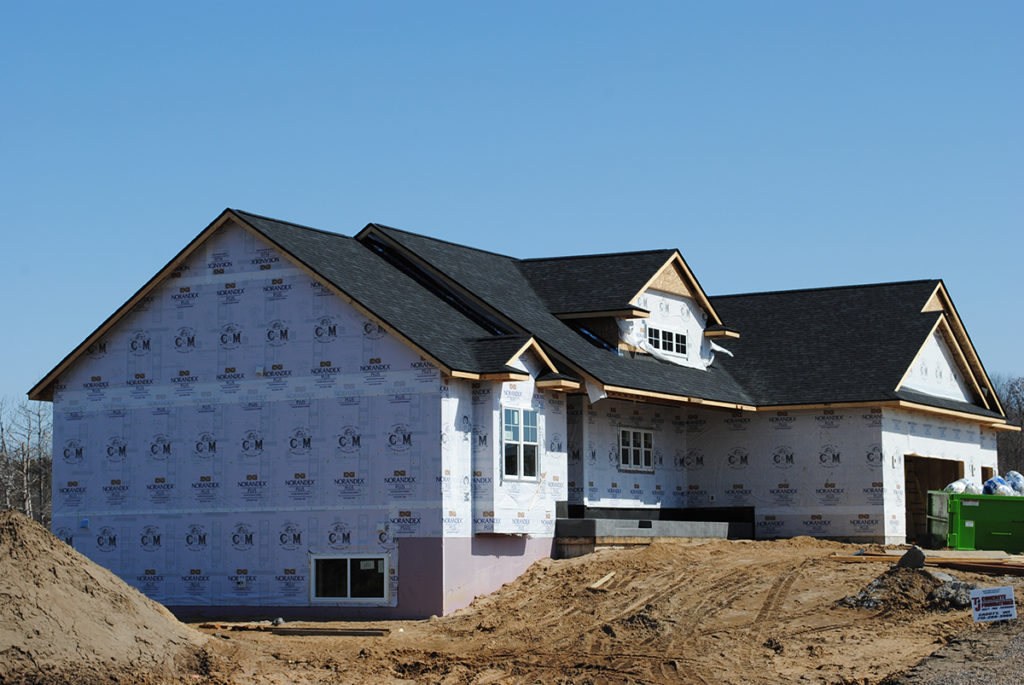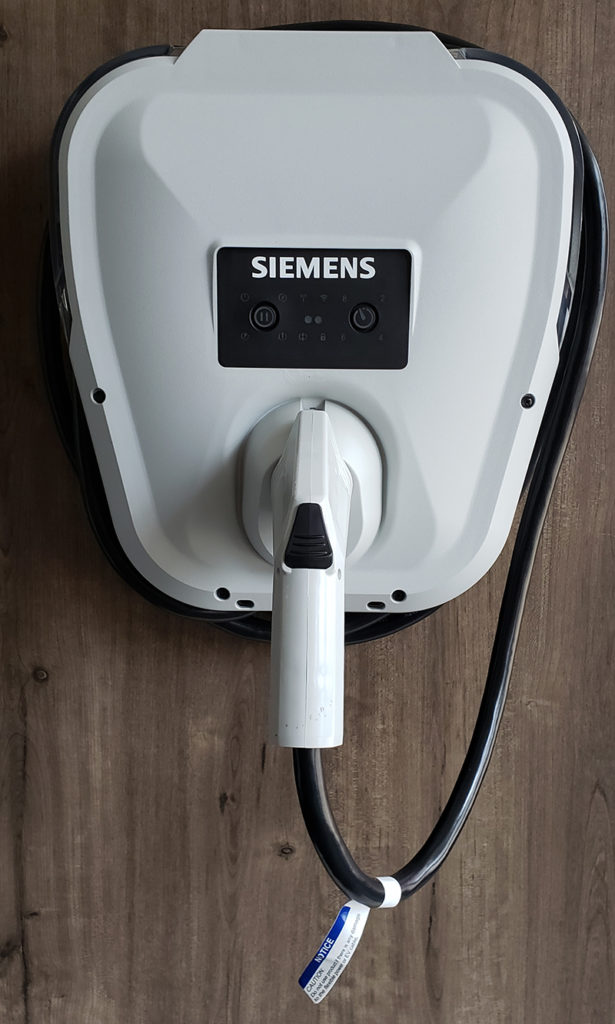
A Wisconsin electric cooperative sees a bright future for electric vehicles in its service territory and is partnering with a local builder to make EV owners feel right at home in a new subdivision.
In a joint venture with Eau Claire Energy Cooperative, C&M Home Builders is constructing 44 homes in its new Trilogy community that will be equipped with a Level 2 EV charger as a standard feature. The project is supported with funding from Dairyland Power Cooperative, the region’s La Crosse-based power supplier.
“C&M Home Builders’ homes are certified as being more than 25% more efficient than homes built to Wisconsin Uniform Dwelling Code standards through a program called Focus on Energy,” said Lynn Thompson, CEO of the Eau Claire-based distribution co-op. “They’ve also been a great partner in connecting members to energy-efficiency incentives and load management programs for those homes.”
Thompson said EVs are rare in ECEC’s service territory now, but consumer interest is increasing as more models are introduced. Development of an entire subdivision of homes designed to accommodate the increased energy load, coupled with special electric rates for EV owners, could help stimulate demand.

“We see the transportation sector as a real opportunity for us to grow load in a beneficial way for the environment and increase value for our members,” said Thompson, adding that the co-op worked with Dairyland Power to modify requirements for its EV incentive program.
The G&T has previously offered incentives tied to the members’ purchases of EVs to help offset the costs of charging equipment. The arrangement with ECEC provides subdivision-wide incentives for the co-op-provided charger, encouraging residents of the new community—or future co-op members—to consider an EV purchase.
“We are fortunate to have a visionary wholesale power provider that aligns with members’ interests and supports load growth opportunities,” said Monica Obrycki, ECEC’s chief administrative officer. “In this case, they are taking the ‘Field of Dreams’ approach of ‘if you build it, they will come,’ and they will give us the incentive for all of those upfront.”
The builder is listing the EV chargers as a marketing amenity comparable to community sewage hookups instead of septic tanks.
The houses in the subdivision are also being prewired to accommodate rooftop solar systems as an option at construction or as a later addition, said Thompson. “We see it as a way to be recognized as that trusted adviser when it comes to electric vehicles and other technologies our members are now considering.”
Read More:
Neighborhood Microgrid Gives Co-op New Case for Understanding Technology
Derrill Holly is a staff writer at NRECA.